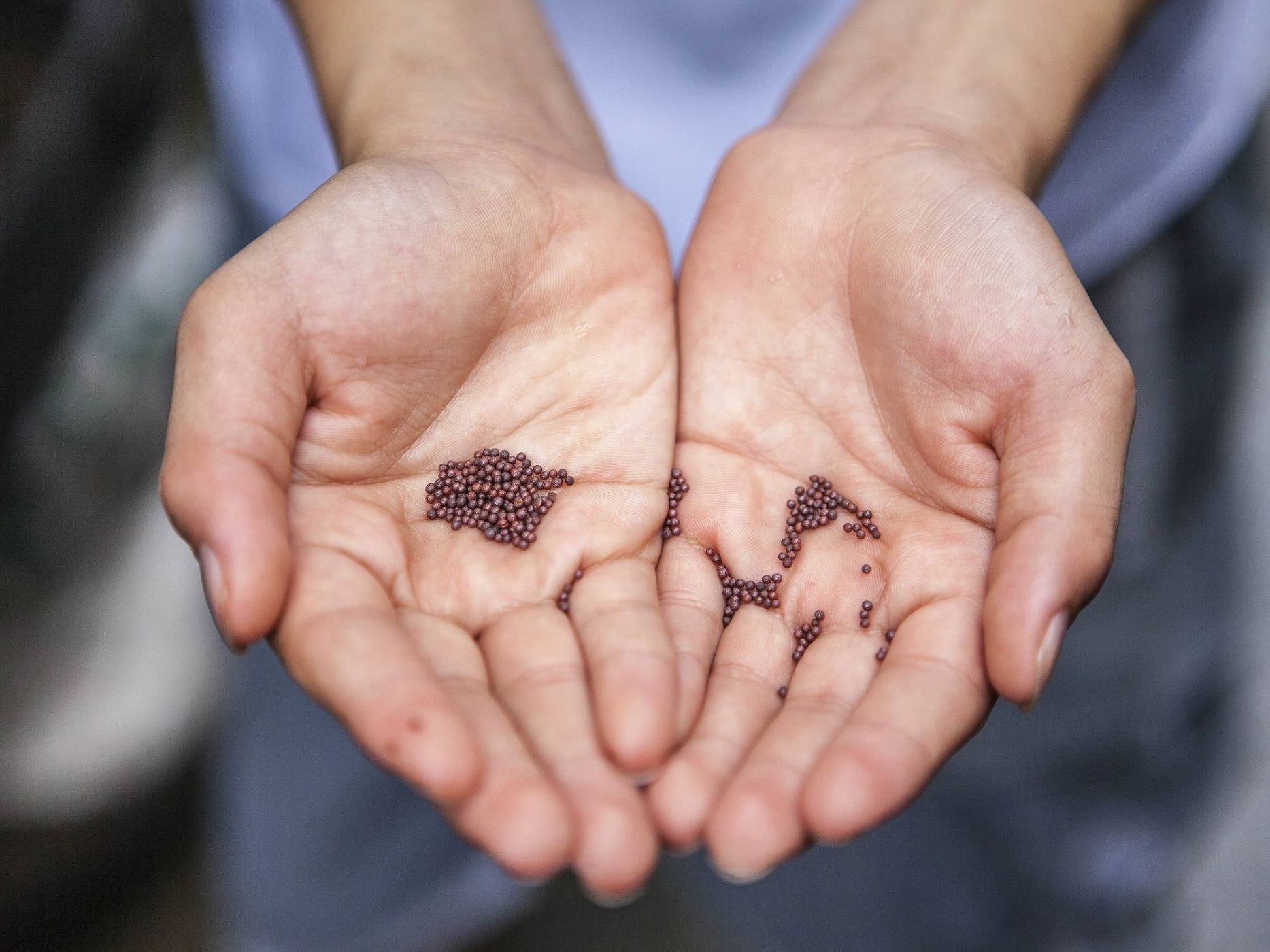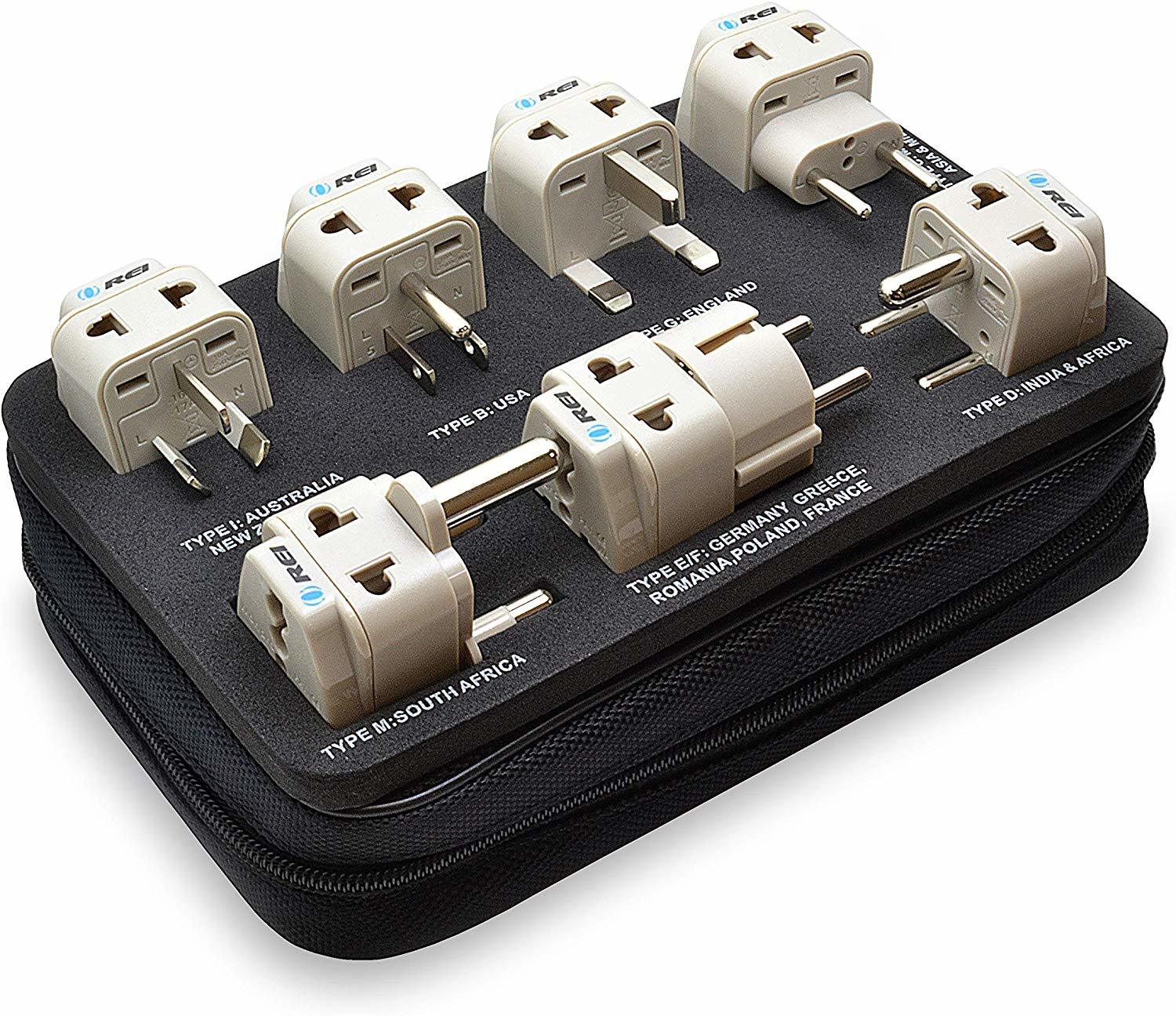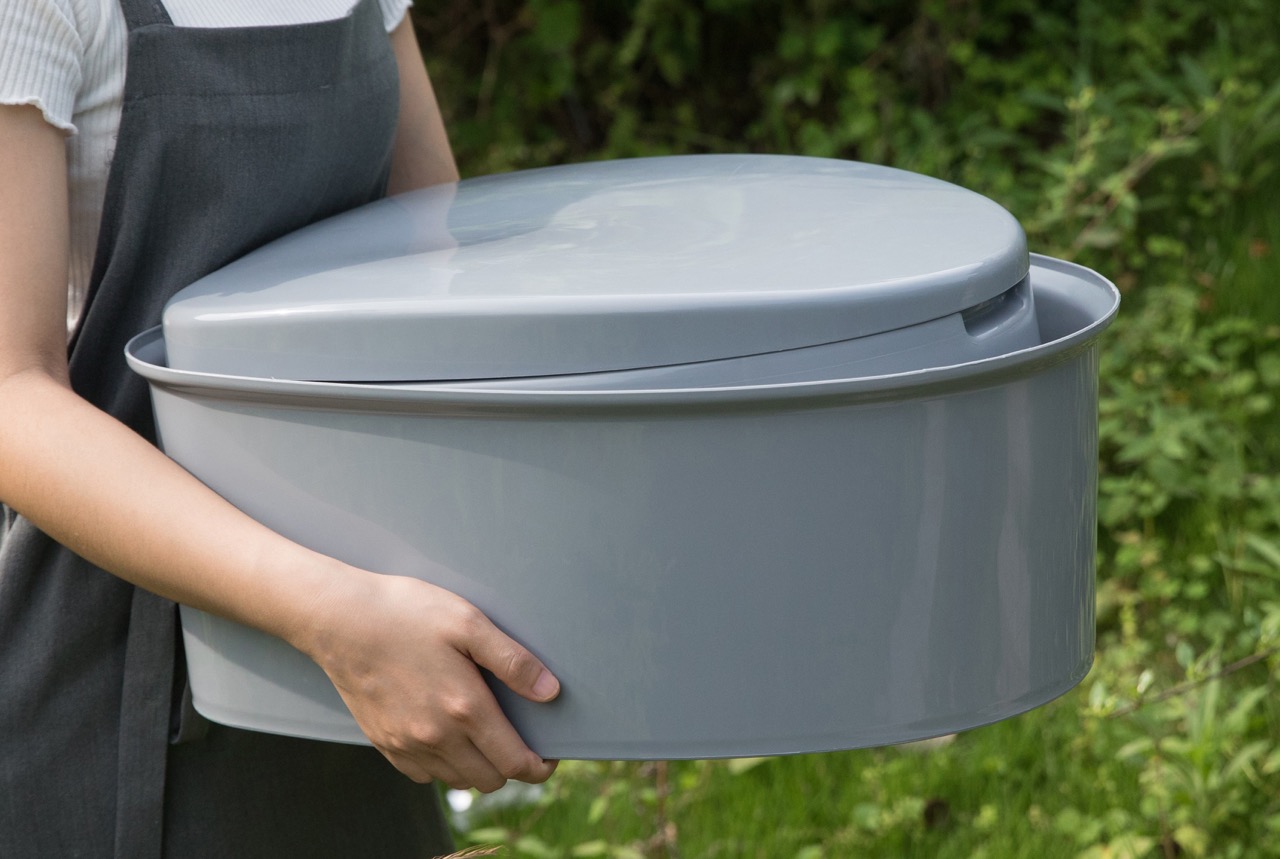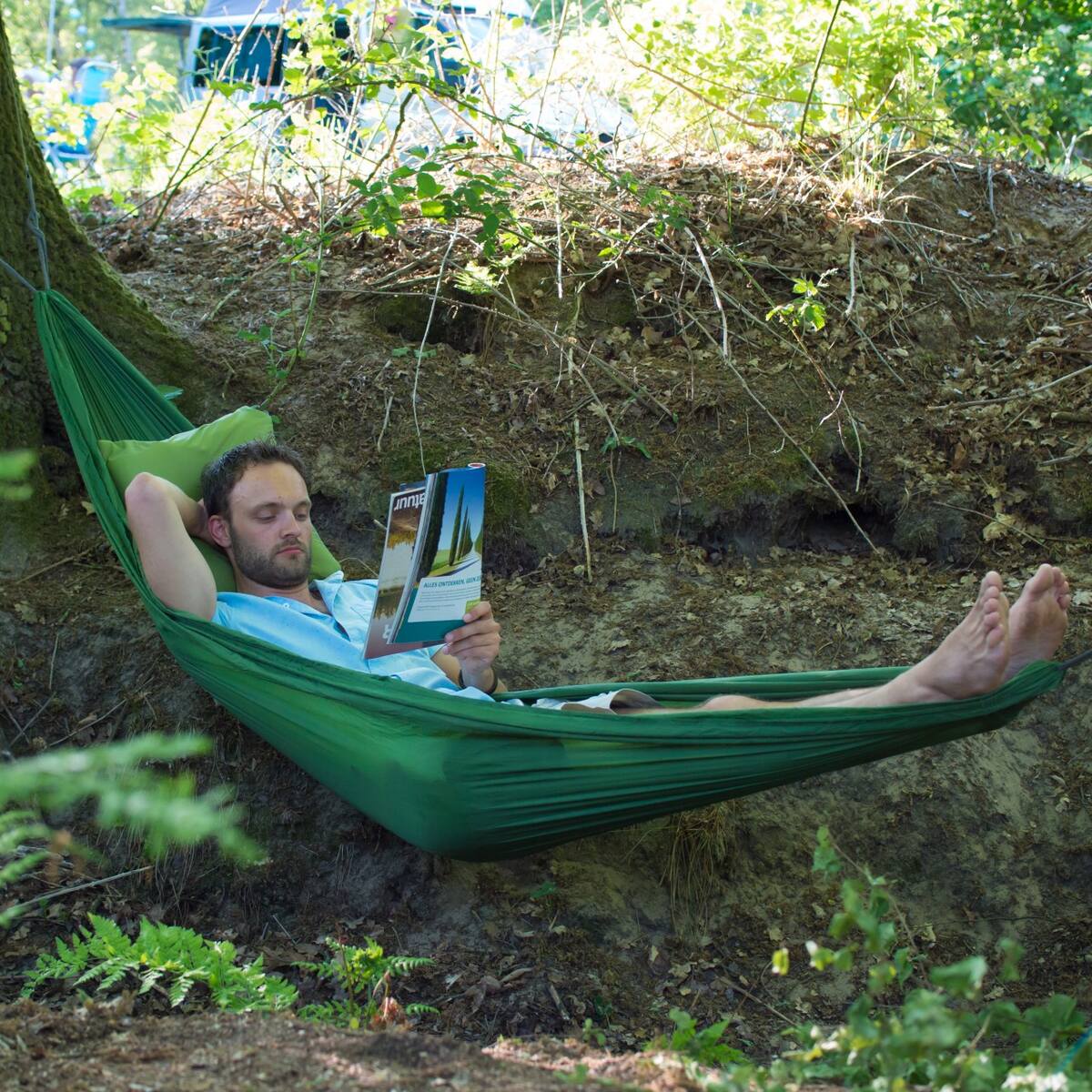Home>Garden Essentials>How Seeds Travel


Garden Essentials
How Seeds Travel
Modified: March 16, 2024
Learn how seeds travel in the garden and discover the fascinating methods by which they disperse, ensuring the growth and survival of diverse plant species.
(Many of the links in this article redirect to a specific reviewed product. Your purchase of these products through affiliate links helps to generate commission for Storables.com, at no extra cost. Learn more)
Introduction
Welcome to the fascinating world of seeds and their incredible ability to travel! Seeds are nature’s way of ensuring the survival and proliferation of plant species. While many plants rely on simple methods such as gravity for seed dispersal, others have evolved more complex mechanisms. From wind and water to animals and even humans, seeds have developed ingenious ways to travel far and wide, finding the perfect spot to germinate and grow.
In this article, we will explore the various means by which seeds disperse themselves and delve into the fascinating ways in which they utilize natural forces and interactions with the environment. Join us as we uncover the secrets behind the remarkable journey of seeds.
So, why do seeds need to travel in the first place? The answer lies in the survival strategy of plants. Staying in one place, known as the parent plant, can lead to competition for resources and increased susceptibility to diseases and predators. By dispersing their seeds, plants can spread their offspring to new areas, ensuring genetic diversity and increasing their chances of survival.
Now, let us begin our exploration of the various modes of seed dispersal, starting with the role of wind.
Key Takeaways:
- Seeds travel through wind, water, animals, gravity, and even unintentionally with human help. This helps plants spread, survive, and thrive in new environments, showcasing nature’s incredible adaptability and interconnectedness.
- Understanding how seeds travel teaches us to appreciate nature’s ingenuity and the delicate balance of ecosystems. By respecting and protecting seed dispersal, we can contribute to the preservation of plant species and the beauty of our natural world.
Read more: How To Pack A Toothbrush For Travel
The Role of Wind in Seed Dispersal
One of the most common methods of seed dispersal is through the power of the wind. Many plants have adapted to take advantage of air currents to carry their seeds over long distances.
Plants that rely on wind dispersal often have lightweight seeds that are equipped with structures that aid in their aerodynamic travel. These structures can be in the form of feathery bristles, wings, or tiny hairs that create drag and lift, allowing the seeds to be carried away by even the gentlest breeze.
Some examples of plants that employ wind dispersal include dandelions, maples, and cottonwood trees. Their seeds, commonly referred to as “samaras” or “whirlybirds,” have wing-like structures that catch the wind and enable them to travel substantial distances from the parent plant.
Furthermore, wind-dispersed seeds are often produced in large quantities, increasing the chances of successful colonization of new areas. This abundance is also beneficial since only a small fraction of the seeds will find a suitable environment for germination and growth.
While wind dispersal can be highly efficient, as it allows seeds to reach a wide range of habitats, it is also subject to certain limitations. The direction and speed of the wind play a crucial role in determining the distance a seed can travel. Additionally, wind-dispersed seeds are more likely to settle in open areas, such as meadows or clearings, rather than in dense forests or other sheltered environments.
Now that we’ve uncovered how wind aids in seed dispersal, let’s move on to explore the role of water in this fascinating process.
The Role of Water in Seed Dispersal
Water is another powerful force that plays a significant role in seed dispersal. Many plants, especially those that inhabit wetland areas or areas near rivers and streams, have evolved mechanisms to use water as a means of transporting their seeds.
Seeds that are dispersed by water have adaptations that allow them to float, making use of currents to carry them away from the parent plant. These adaptations may include air-filled structures, lightweight husks, or buoyant coatings that enable the seeds to remain afloat while they travel.
One prime example of plants that rely on water dispersal is the coconut palm tree. The coconut is encased in a hard, fibrous husk that helps it float on water. As the husk slowly decays, the coconut is released, eventually washing up on distant shores. This unique adaptation enables the coconut palm to colonize new coastal areas and tropical islands.
Water dispersal is particularly effective in areas with a high concentration of water bodies, such as riverbanks and floodplains. Seeds that are dispersed by water can travel great distances and end up in diverse environments, facilitating the colonization of new habitats.
It’s important to note that not all seeds that are dispersed by water can survive in various conditions. Many of these seeds have evolved to withstand the harsh conditions of being submerged in water for long periods. They may have specialized germination requirements, such as exposure to air or a specific temperature range, to ensure successful growth.
With a better understanding of the role of water in seed dispersal, let’s now shift our focus to the importance of animals in this process.
The Role of Animals in Seed Dispersal
Animals play a crucial role in seed dispersal, often unknowingly assisting plants in spreading their seeds to new locations. Many plants have developed various strategies to entice animals to interact with their seeds, either by attaching them to their fur or feathers, or by providing edible fruits as an incentive.
In some cases, animals may unknowingly carry seeds by simply moving around. For example, burdock plants have hook-like structures on their seeds that easily attach to the fur of passing animals. As the animals roam, the seeds hitch a ride and can be transported over long distances before eventually falling off, providing a chance for germination in a new area.
Other plants have evolved to produce fruits that are appealing to animals. When animals consume these fruits, the seeds pass through their digestive systems unharmed. The animals then excrete the seeds along with their waste, effectively dispersing them in different locations. This process, known as endozoochory, is commonly observed in fruit-eating birds, mammals, and even reptiles.
Examples of plants that rely on animal dispersal include berries, such as blackberries, raspberries, and cherries, which are consumed by birds and dispersed through their droppings. Similarly, squirrels and other rodent species hoard nuts and acorns, burying them in various locations for future consumption. These cached seeds that are left unclaimed by the animals can eventually germinate and grow into new plants.
Some plants have taken animal dispersal to an extreme. The sandbur, for instance, produces spiky burrs that stick to the feet and feathers of animals. This ensures that the seeds are carried long distances and then released in a different location, allowing the plant to colonize new areas.
While animal-assisted seed dispersal offers numerous benefits, it also poses risks. Some seeds may not survive the digestive processes of animals and may be destroyed in the process. Additionally, the dispersal range of animal-assisted seed dispersal is limited to the movement patterns of the animals, restricting the reach of the seeds.
Now that we’ve learned about the important role animals play in seed dispersal, let’s explore the less glamorous, yet equally essential, method of seed dispersal: gravity.
Tip: Seeds can travel through various methods such as wind, water, animals, and even human activities. Understanding how seeds travel can help in planting and preserving different plant species.
The Role of Gravity in Seed Dispersal
When it comes to seed dispersal, gravity may seem like a less glamorous method compared to the likes of wind and animals. However, it still plays a crucial role in ensuring the dispersion and establishment of plant offspring in the surrounding area.
Plants that rely on gravity for seed dispersal have evolved unique ways to release their seeds and ensure they fall away from the parent plant. These plants typically produce heavy seeds or capsules that eventually detach and drop to the ground under the influence of gravity.
An excellent example of gravity-based seed dispersal is observed in the familiar maple tree. The seeds of the maple tree, commonly known as “helicopters” or “whirlybirds,” have a wing-like structure that spins as they fall, helping to slow down their descent and widen their dispersal range. This ingenious adaptation allows the seeds to be carried by the wind over short distances, increasing their chances of finding suitable germination spots.
Other plants use fruit or seed capsules that burst open upon ripening, causing the seeds to be propelled away from the parent plant. Jewelweed, commonly known as “touch-me-not,” is a prime example. Its seed capsules explode when touched, sending the seeds flying in various directions, creating more significant opportunities for dispersal.
In addition to natural mechanisms, human activities can inadvertently aid gravity-based seed dispersal. When we walk through natural areas, we inadvertently carry seeds on our shoes and clothing, unintentionally spreading them to different locations. This “hitchhiking” effect can have both positive and negative consequences, depending on the characteristics of the seeds and the environments they end up in.
While gravity-based seed dispersal may not have the same grandeur as other methods, it is essential for plant survival and the continuation of species. Seeds that fall directly beneath the parent plant face stiff competition for resources. Gravity dispersal allows seeds to establish themselves in new areas, reducing competition and increasing the chances of successful growth and reproduction.
Now that we have explored the role of gravity in seed dispersal, let’s dive into how humans unintentionally contribute to this process.
Read more: How To Store Travel Bags
The Role of Humans in Seed Dispersal
When it comes to seed dispersal, humans often don’t come to mind as key players in the process. However, our actions can have a significant impact on the dispersal and proliferation of plant seeds, both intentionally and unintentionally.
Intentional seed dispersal by humans has been practiced for centuries for various reasons, including agriculture, horticulture, and landscaping. Farmers sow seeds in fields to cultivate crops, while gardeners plant seeds to grow flowers, vegetables, and other plants for aesthetic or functional purposes.
But even unintentionally, humans can unintentionally contribute to the dispersal of seeds. As we move around the environment, we inadvertently carry seeds on our clothing, shoes, and belongings. These seeds can then be transported to different locations, allowing them to germinate and grow where they otherwise would not have.
One striking example of unintentional human-assisted seed dispersal is the spread of invasive plant species. Invasive plants are species that are not native to an area but have been introduced and thrive, often causing harm to the local ecosystem. These plants can hitch a ride on vehicles, hiking equipment, or even in the fur of domesticated animals, spreading far and wide beyond their original habitats.
Another unintentional form of seed dispersal is seen in urban environments. As urban areas expand, natural habitats are often replaced by concrete, buildings, and infrastructure. However, some plants are adept at adapting to these urban environments. They utilize cracks in sidewalks, open spaces, and abandoned lots to establish footholds and grow. Birds and other wildlife also play a role by consuming fruits and dispersing seeds as they navigate between urban areas and more natural habitats.
Furthermore, human activities such as deforestation and land clearing can have unintended consequences on seed dispersal. When natural habitats are altered or destroyed, the dispersal patterns of seeds are disrupted. Some plant species may struggle to find suitable environments for germination and growth, while others may become more successful and dominate the newly created landscapes.
Although the role of humans in seed dispersal is often accidental, it highlights the complex interconnectedness between human actions and the natural world. Recognizing the unintended consequences of our activities can lead to more mindful and sustainable practices to mitigate the negative impacts on seed dispersal and the overall health of ecosystems.
Now that we have explored the various roles of humans in seed dispersal, let’s summarize our findings and conclude our journey through the remarkable ways seeds travel.
Conclusion
Throughout this exploration of seed dispersal, we have discovered the incredible ways in which plants have adapted to ensure the survival and spread of their offspring. From the role of wind in carrying seeds through the air to water’s ability to transport seeds along rivers and coastlines, and animals inadvertently aiding in dispersal through their movement and consumption of fruits, the natural world is full of fascinating mechanisms.
Even gravity plays its part in the dispersal process, allowing seeds to fall away from the parent plant and establish themselves in new areas. And let’s not forget the unintentional role humans play in seed dispersal, both through intentional practices like agriculture and horticulture and unintentional actions such as carrying seeds on our clothing and unintentionally spreading invasive species.
As we marvel at the diverse methods of seed dispersal, it becomes clear that this process is essential for the survival and evolution of plant species. Whether through long-distance journeys carried by wind, water or animals, or through shorter movements aided by gravity or human unintentional dispersal, seeds need to find new environments to thrive and fulfill their vital role in ecosystems.
Understanding seed dispersal is not only fascinating from a scientific perspective, but it also highlights the delicate balance and interconnectedness of the natural world. By recognizing and respecting the mechanisms of seed dispersal, we can contribute to the conservation and preservation of plant species and the ecosystems in which they reside.
So, the next time you see a dandelion seed floating through the air or discover a seedling in an unexpected place, take a moment to appreciate the remarkable journey that seed has undertaken. From its humble beginnings on a parent plant to its quest for a suitable environment, seeds are the embodiment of nature’s ingenuity and resilience.
May this knowledge inspire us to nurture and protect the world of seeds, celebrating their remarkable travels and playing our part in preserving the beauty and diversity of our natural world.
Frequently Asked Questions about How Seeds Travel
Was this page helpful?
At Storables.com, we guarantee accurate and reliable information. Our content, validated by Expert Board Contributors, is crafted following stringent Editorial Policies. We're committed to providing you with well-researched, expert-backed insights for all your informational needs.















0 thoughts on “How Seeds Travel”